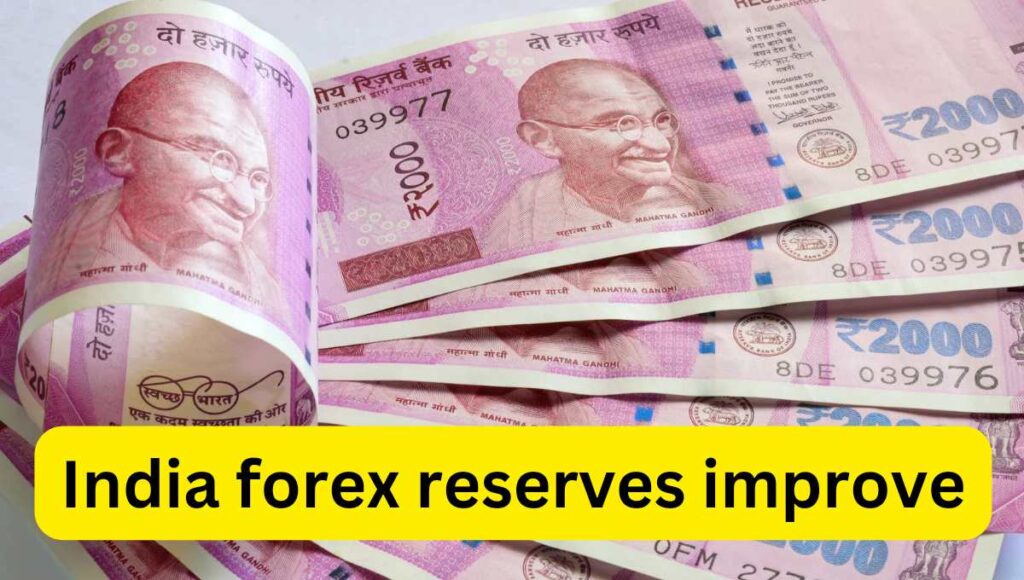India’s foreign exchange reserves surged to a record high of $642.63 billion as of March 22, 2024, marking a significant milestone for the nation’s financial stability. This news has garnered considerable attention, sparking discussions about the implications for the Indian economy.

what are Forec Reserves?
Forex reserves, also known as foreign exchange reserves, are essentially a war chest of foreign currencies held by the Reserve Bank of India (RBI). These reserves include assets like US dollars, euros, and other major currencies, along with gold, Special Drawing Rights (SDRs), and India’s reserve position with the International Monetary Fund (IMF).
Why are High Forex Reserves Important?
Strong forex reserves offer several advantages:
Import Coverage: They act as a buffer to ensure essential imports can continue even during periods of foreign exchange volatility.
Currency Stability: The RBI can utilize these reserves to intervene in the foreign exchange market, helping to stabilize the Indian Rupee and prevent sharp depreciations.
Investor Confidence: High reserves signal a nation’s financial strength and creditworthiness, potentially attracting foreign investments.
India’s Forex Reserves: A Positive Sign?
The record-breaking level of India’s forex reserves is undoubtedly positive news. It reflects a comfortable cushion against external shocks and demonstrates the RBI’s proactive management of foreign exchange inflows. This can be particularly beneficial in the current global economic climate, characterized by rising interest rates and potential recessions in some major economies.
Are There Any Concerns?
While high reserves are generally seen as a good thing, some experts caution against complacency. Let’s delve into some key aspects to take into account:
The Cost of Holding Reserves: Maintaining such a large reserve comes at a cost. The RBI earns a relatively low return on these assets, which could potentially be invested domestically for higher returns.
Focus on Exports: A strong rupee due to high reserves might make Indian exports less competitive in the global market.
Underlying Issues: The focus shouldn’t solely be on reserves. Addressing structural issues within the Indian economy, like attracting more foreign direct investment (FDI) and boosting domestic production, might be more sustainable in the long run.
What Does the Future Hold?
The RBI is likely to continue monitoring the situation and may utilize forex reserves strategically to manage exchange rate volatility and support economic stability. The long-term ideal scenario might involve a healthy balance between maintaining adequate reserves and channeling resources towards productive domestic investments.
Looking Ahead:
India’s forex reserve situation is a dynamic one. While the current record high is a positive development, a nuanced understanding of the implications is crucial. The coming months will be interesting to see how the RBI navigates the global economic landscape and leverages these reserves for the benefit of the Indian economy.